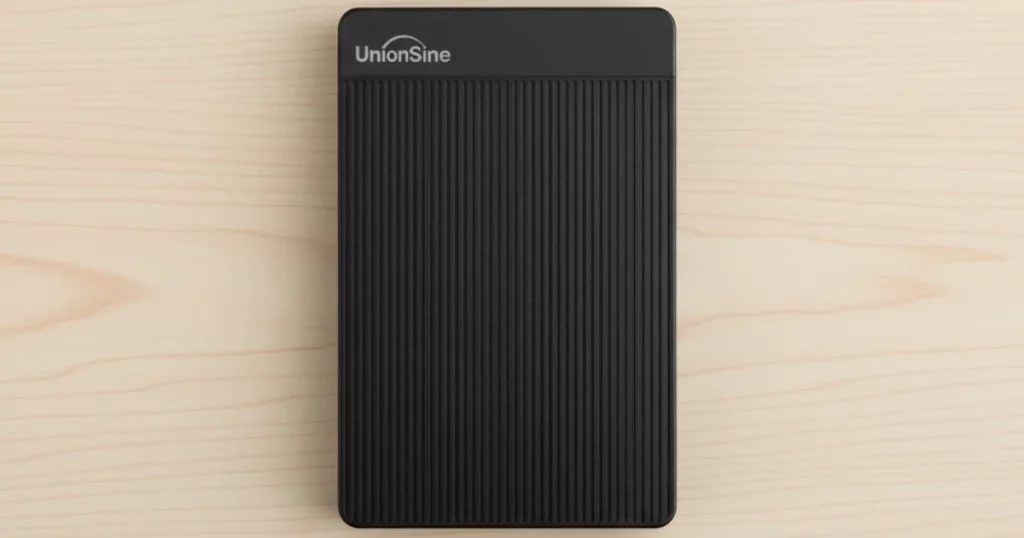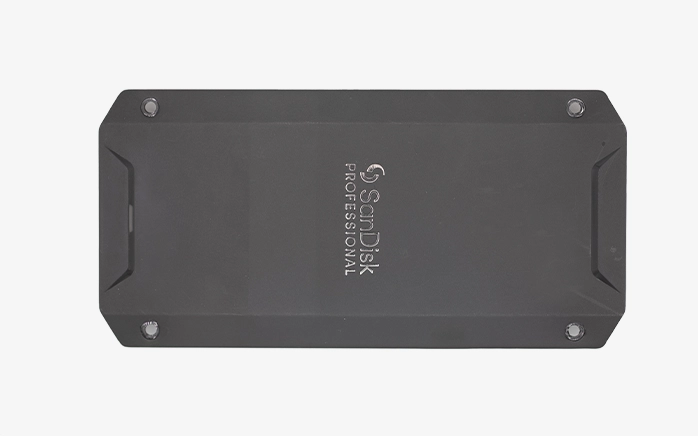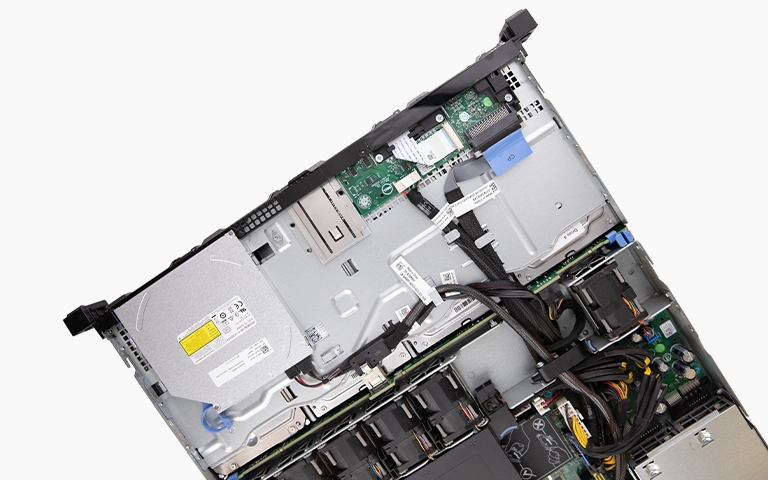Losing valuable data can be a devastating experience, whether it’s personal memories, critical business documents, or cherished photographs. At PITS Data Recovery, we understand the impact of data loss, and we’re here to help. In this case study, we take you through a challenging data recovery process that highlights the expertise of our engineers.
The Challenge: Seagate External Drive Not Recognized
Our client came to us with a 320GB Seagate External Hard Drive that had suddenly stopped being recognized by their computer. Panic quickly set in, as the drive contained crucial business data. After attempting multiple DIY recovery methods with no success, the client realized professional help was necessary.
Initial Evaluation of the Seagate External Drive
Upon receiving the drive, our team immediately began a thorough evaluation. The first step was to assess the physical condition of the device. While there were no visible signs of external damage, we knew the issue could be lurking within the internal components.
We connected the drive to our specialized recovery equipment for diagnostics, and the results were clear – the device was unresponsive. This suggested a failure of the Printed Circuit Board (PCB), a common issue in cases where external hard drives suddenly stop working.
Causes of PCB Failure in External Hard Drives
Before proceeding with the recovery, it’s important to understand the factors that can lead to PCB failure in external hard drives:
- Power Surges: Sudden voltage spikes can damage the PCB, rendering the drive unusable.
- Age and Wear: As electronic components age, they can deteriorate, leading to PCB failure.
- Water Damage: Moisture or liquids can corrode the PCB, causing malfunctions.
- Physical Damage: Drops or mishandling can crack the PCB, disrupting the drive’s functionality.
PCB Replacement and Recovery Process
With the PCB failure identified as the root cause, our engineers set to work on the complex task of replacing it. Fortunately, our extensive database of donor parts was essential to this recovery. We carefully matched a donor PCB with the original, ensuring complete compatibility.
The replacement was performed in a controlled environment, taking all necessary precautions against electrostatic discharge to protect sensitive components. After expertly soldering the new PCB into place, the drive was carefully reassembled.
Data Recovery from the Seagate Drive
Once the PCB was replaced, we reconnected the drive to see if it would respond. Thankfully, the drive powered up, confirming that we were on the right track. However, this was only the first step in a meticulous recovery process.
Our engineers used advanced data recovery software to extract the client’s files. This involved a sector-by-sector recovery process, ensuring that no crucial data was overlooked. Each step required precision, as even a small error could lead to data corruption.
File Verification and Data Integrity
After the recovery process was completed, we conducted a thorough file verification session. Each recovered file was carefully examined to ensure its integrity. We also ran checksum verification to confirm that the files were free from corruption.
During this stage, we organized the recovered data into a structured format that would be easy for the client to navigate. Our goal was not only to recover the data but to present it in a way that would make the client’s life easier.
Client Satisfaction
After several days of hard work, we invited the client to review the recovered files. The client connected to our secure system, and after a comprehensive review, they approved all the recovered data. They were highly satisfied with the results, expressing immense relief and gratitude.
Frequently Asked Questions
What causes a Seagate external hard drive to stop being recognized?
A Seagate external hard drive may stop being recognized due to several reasons, including PCB (Printed Circuit Board) failure, power surges, manufacturing defects, physical damage, water exposure, or wear and tear over time. In this case, the PCB failure was identified as the main issue.
Can I fix a non-recognized external hard drive myself?
While there are some DIY methods you can try, such as checking cables or updating drivers, complex issues like PCB failure usually require professional assistance. Attempting to fix it yourself could lead to further damage, making recovery more difficult or impossible.
How does PITS Data Recovery recover data from a failed hard drive?
Our engineers begin by thoroughly evaluating the drive, identifying the root cause of the problem. In cases like PCB failure, we replace the faulty component with a compatible donor PCB. Once the drive is operational again, we use advanced software to recover the data sector by sector.
What is PCB failure, and how does it affect my hard drive?
The Printed Circuit Board (PCB) is a crucial component that controls the flow of data between the drive and the computer. When the PCB fails due to factors like power surges or physical damage, the hard drive can become unresponsive, making data inaccessible.



